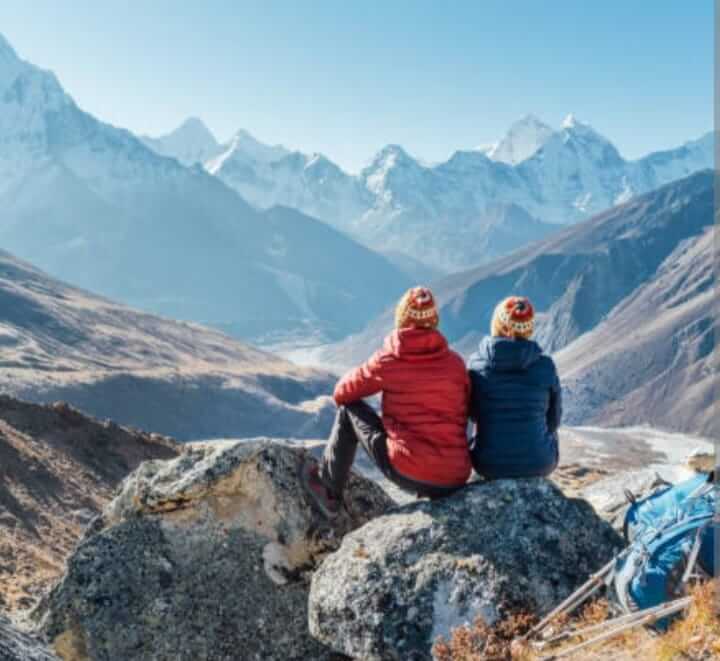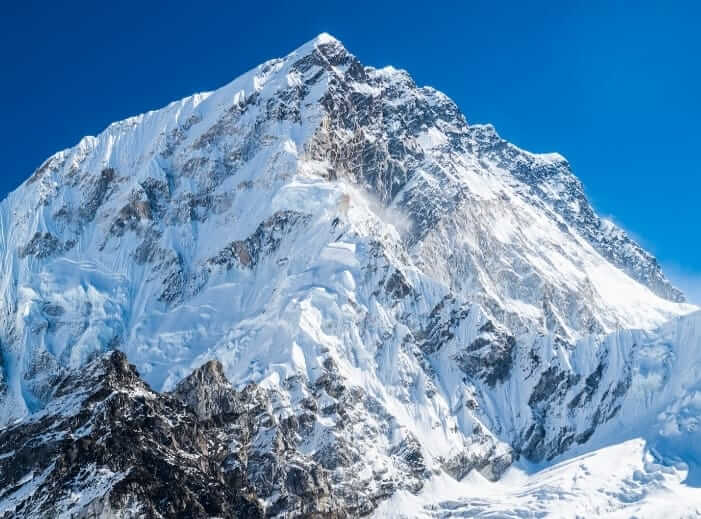
Mount Everest
Pak Chronicle Web Desk
Mount Everest is the highest mountain in the world, standing tall at 8,848 meters (29,029 feet) above sea level. It is located in the Mahalangur Range of the Himalayas and straddles the border between Nepal and Tibet (China). The mountain’s peak is one of the most iconic natural landmarks on the planet and has captured the imaginations of people worldwide.
The history of Mount Everest’s exploration and summiting is a long and storied one. The mountain was first named Peak XV in 1856 by the British surveyor Andrew Waugh. It was later named after Sir George Everest, a British surveyor-general of India. The first attempt to summit the mountain was made in 1921 by a British expedition led by George Mallory. Over the years, many expeditions have been made to reach the top of the mountain, with varying degrees of success.
The first successful ascent of Mount Everest was made on May 29, 1953, by Sir Edmund Hillary of New Zealand and Tenzing Norgay, a Sherpa from Nepal. Their successful climb is considered one of the greatest achievements in the history of mountaineering. Since then, many people have attempted to climb the mountain, and thousands have succeeded.
The climb to the top of Mount Everest is a treacherous and challenging one. The high altitude, harsh weather conditions, and rugged terrain make it a difficult climb. The climbing season on Everest runs from late April to early June, during which time the weather is at its most stable. Climbers must be well-equipped and well-trained to attempt the climb, and they must also be prepared for the high altitude, which can cause a variety of health problems, including altitude sickness.
Despite the risks and difficulties involved, many people are drawn to the challenge of climbing Mount Everest. It is considered by many to be the ultimate test of physical and mental endurance, and those who succeed in reaching the summit are regarded as heroes in the mountaineering community.
Unfortunately, the popularity of climbing Mount Everest has also led to some negative consequences. The mountain has become overcrowded during the climbing season, with long lines of climbers waiting to reach the summit. This has led to safety concerns and increased environmental damage to the mountain.
In recent years, there has been a growing awareness of the need to preserve Mount Everest and its surrounding environment. Efforts are being made to limit the number of climbers allowed on the mountain each year and to enforce stricter environmental regulations. These efforts are aimed at preserving the natural beauty of the mountain for future generations.
In conclusion, Mount Everest is one of the most iconic natural landmarks in the world, with a rich history of exploration and summiting. While it presents a formidable challenge to those who attempt to climb it, it also represents a symbol of human achievement and perseverance. As we continue to explore and admire this remarkable mountain, it is important that we do so in a way that is respectful of its natural beauty and preserves it for future generations to enjoy.
Mount Everest base camp
Mount Everest Base Camp is a popular trekking destination located in the Khumbu region of Nepal. It is the starting point for those who want to climb Mount Everest, the highest mountain in the world. The base camp is located at an altitude of 5,364 meters (17,598 feet) and can be reached by a multi-day trek from the town of Lukla.
The trek to Everest Base Camp takes about 10-14 days, depending on your itinerary and fitness level. The route takes you through beautiful mountain landscapes, including the famous Khumbu Icefall, and allows you to experience the unique culture of the Sherpa people who call the region home.
While the trek to Everest Base Camp is challenging and requires a good level of physical fitness, it is also a rewarding experience that offers stunning views and a chance to be close to the highest peak in the world. It is important to prepare well for the trek, including acclimatizing properly to the altitude and packing appropriate gear and clothing.
Ends



